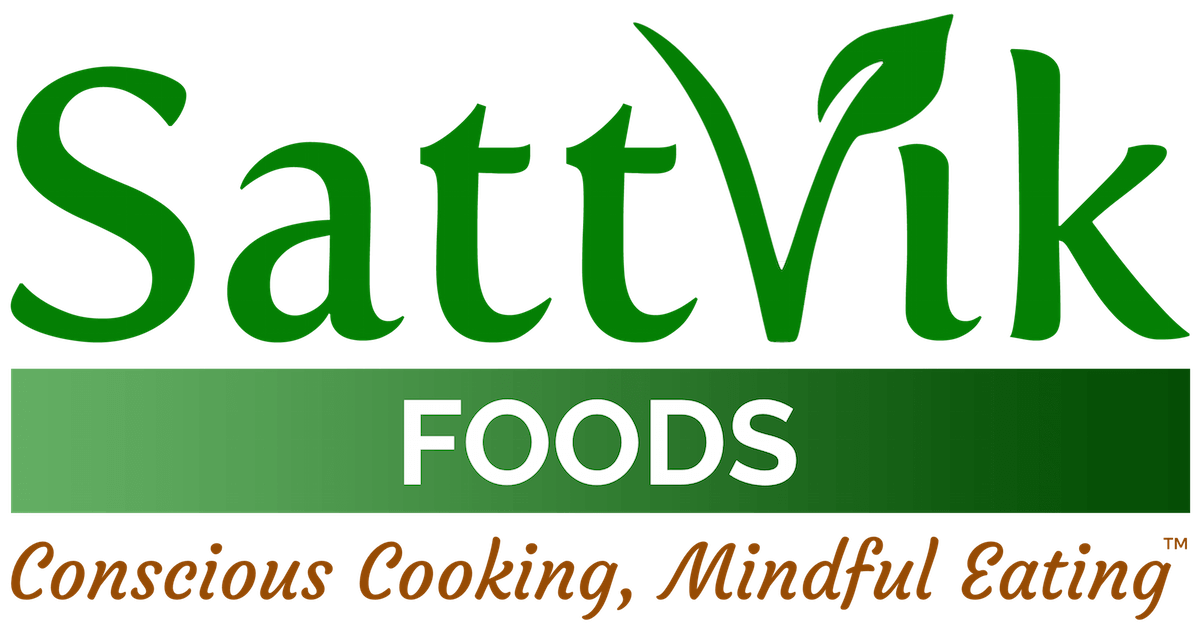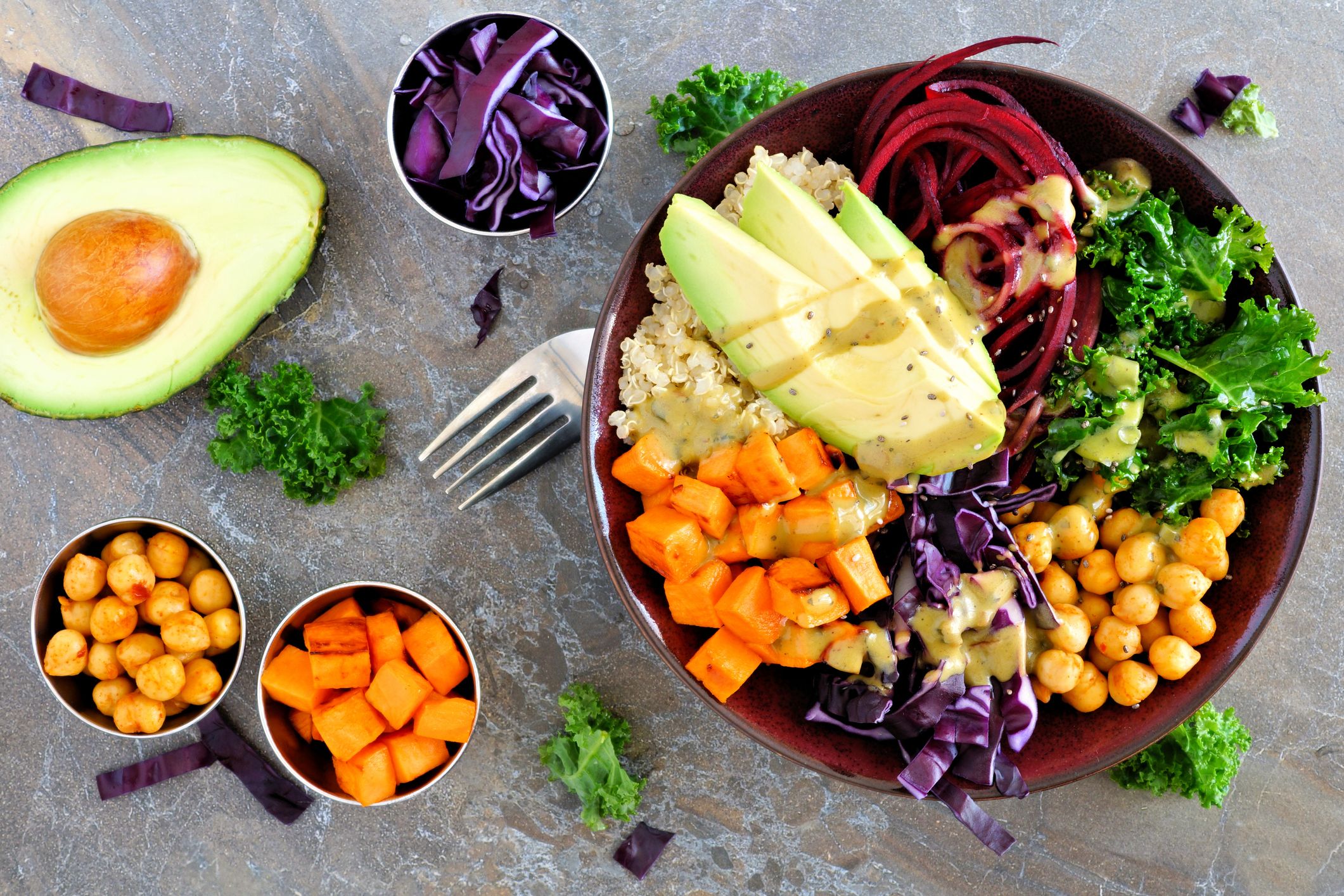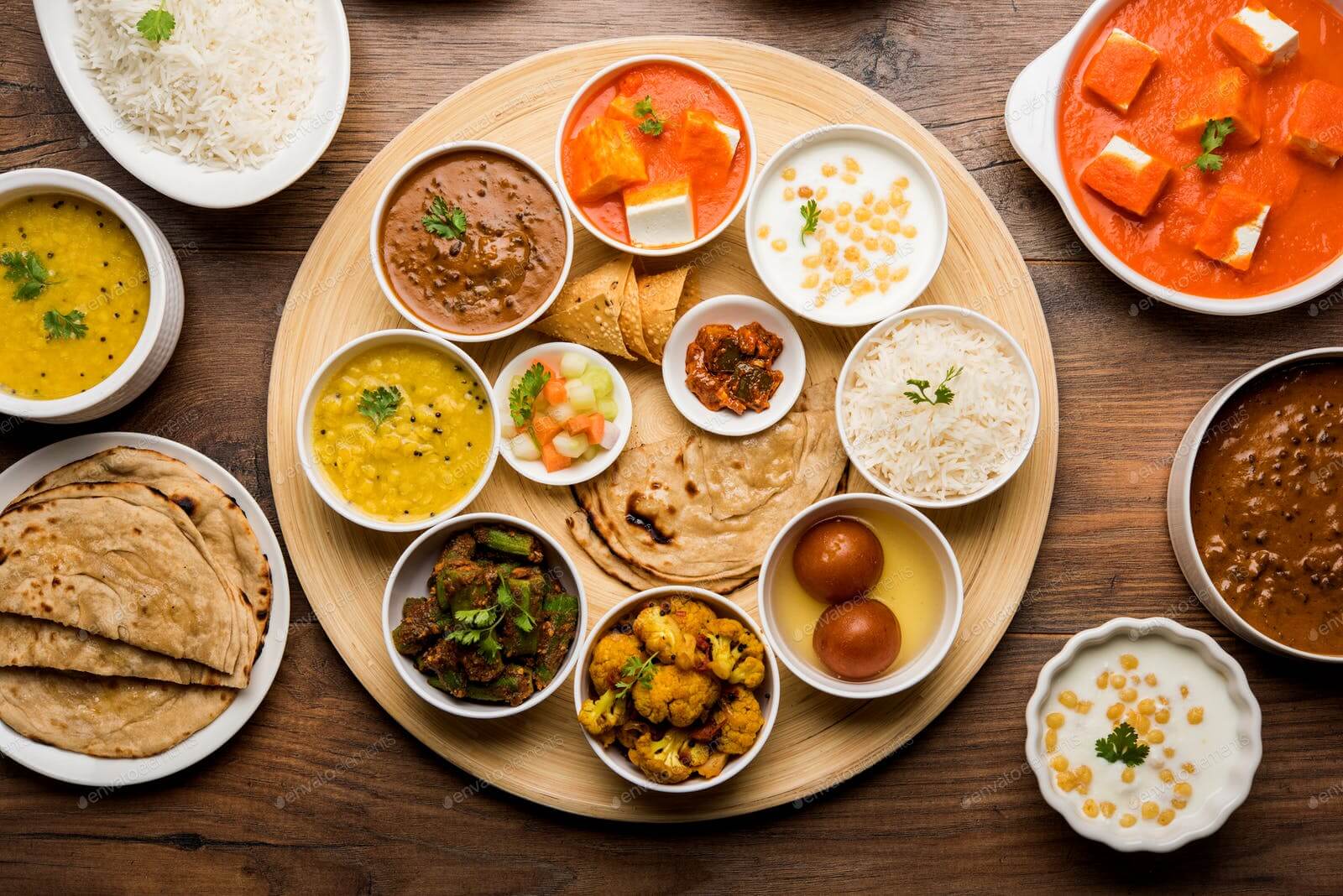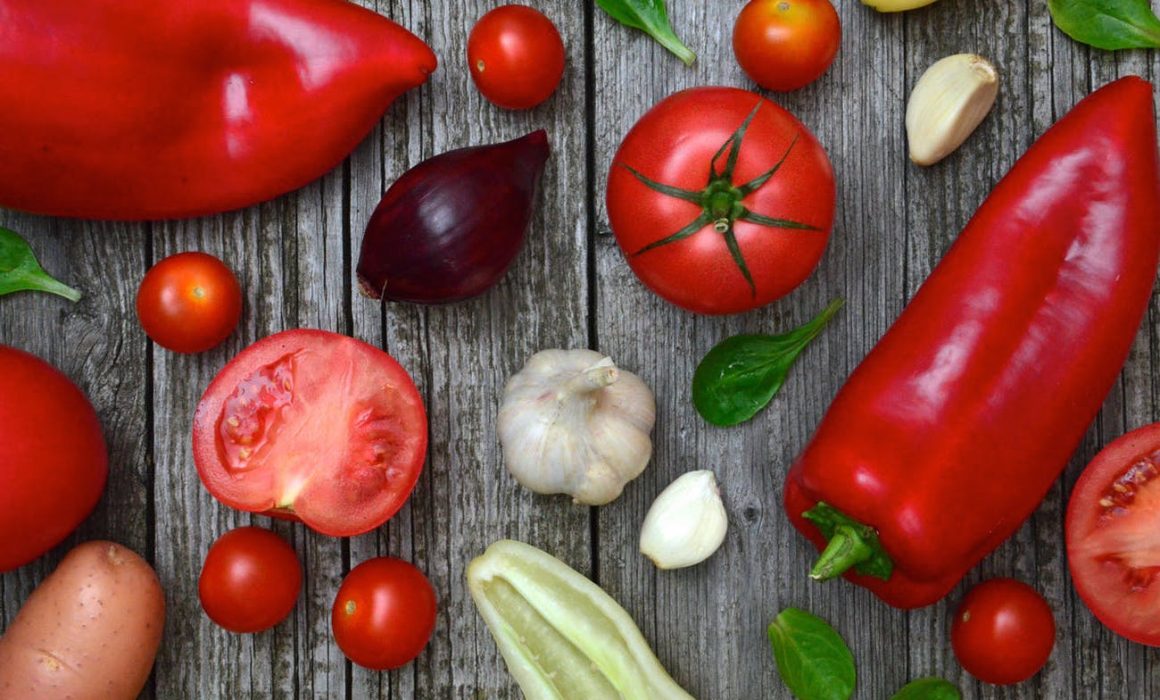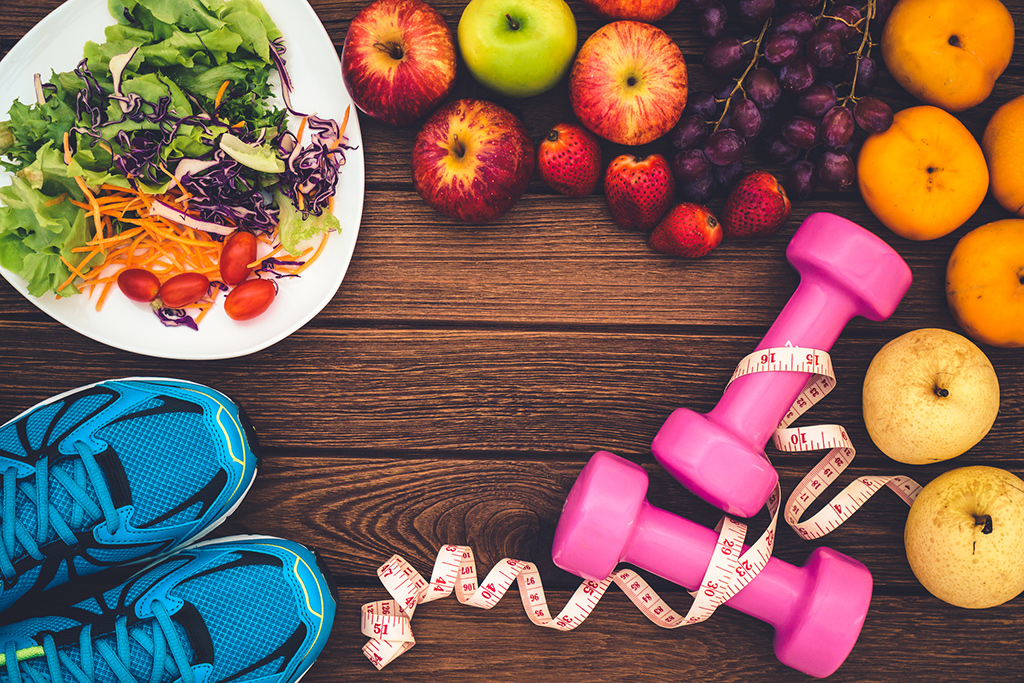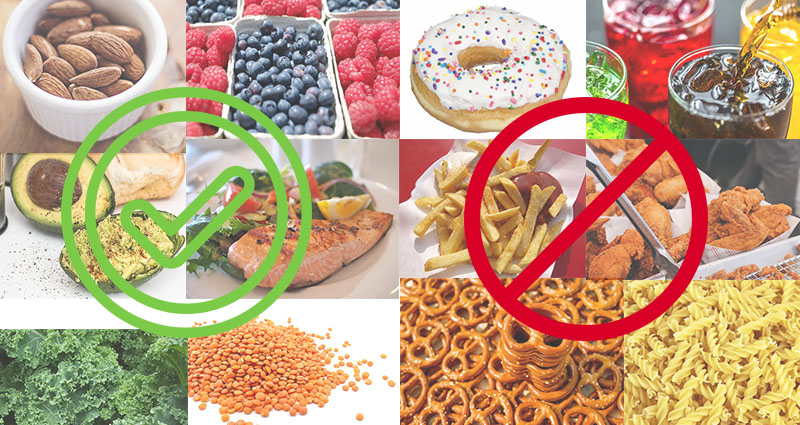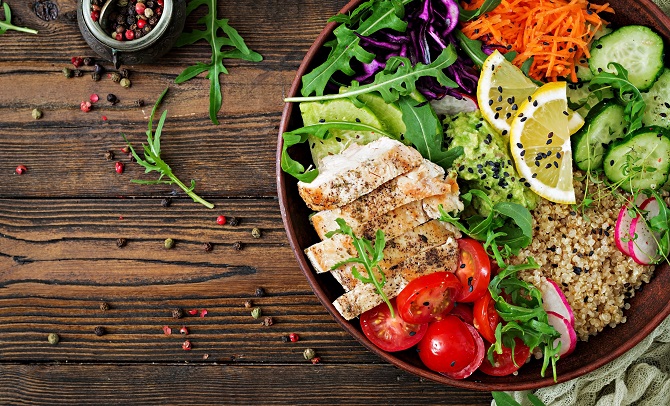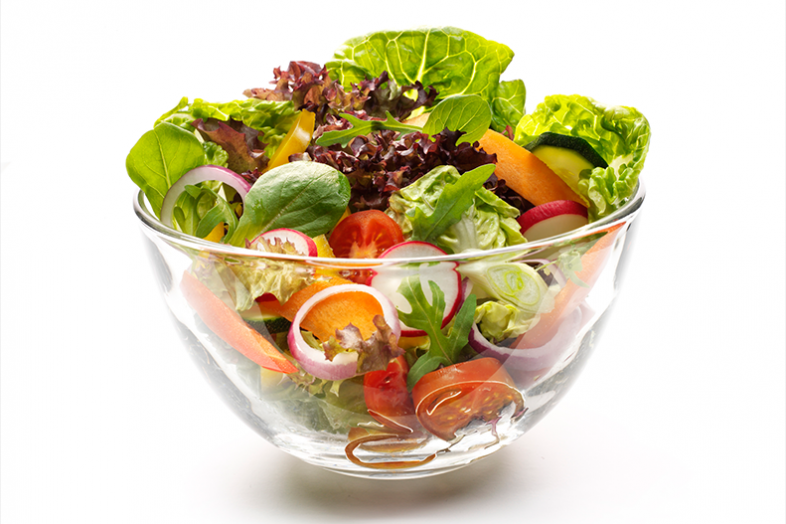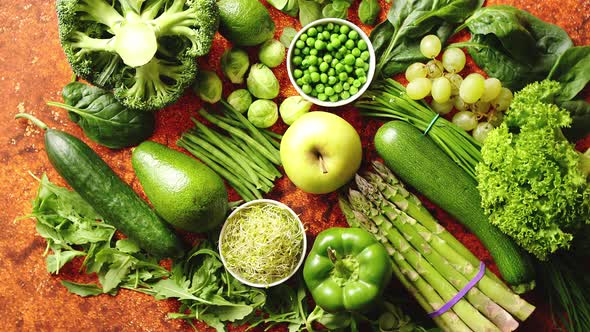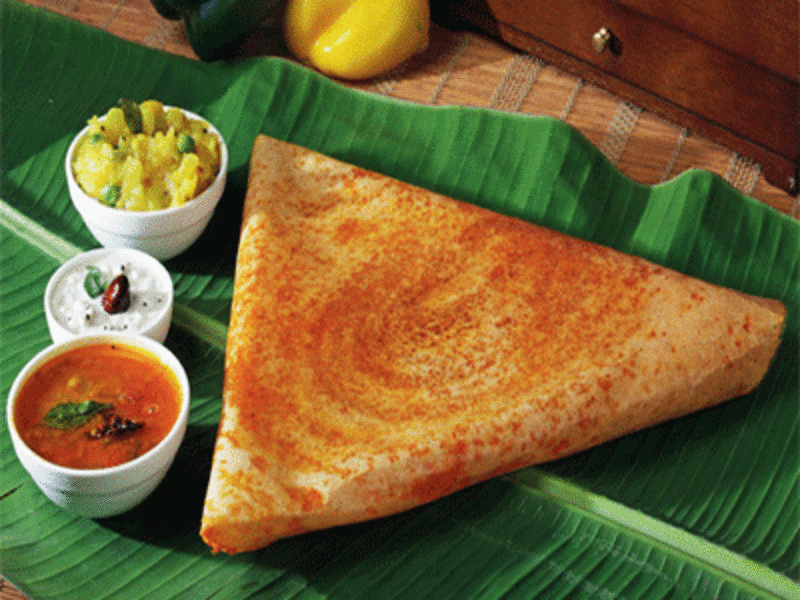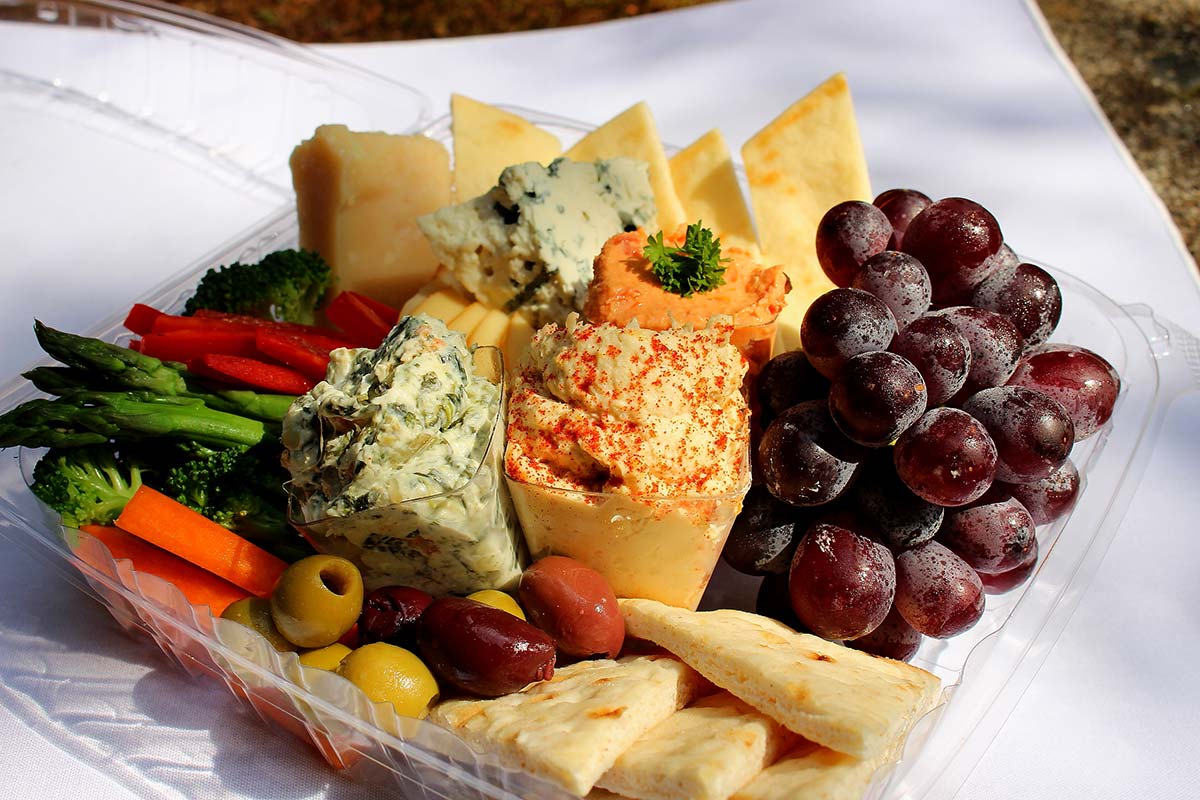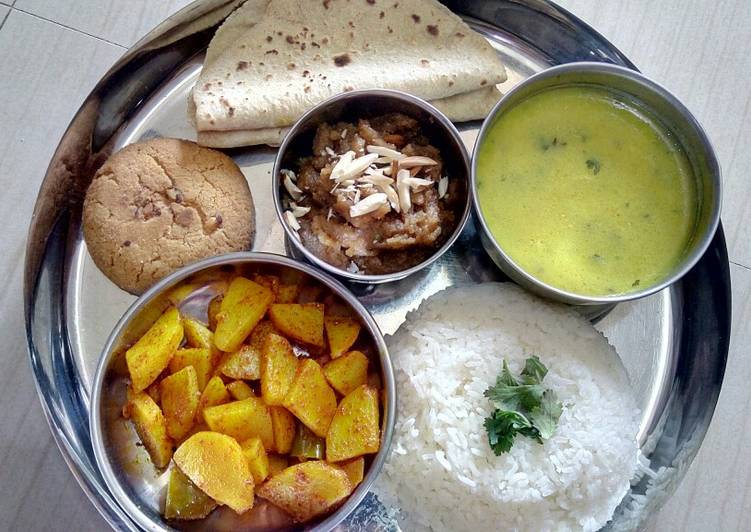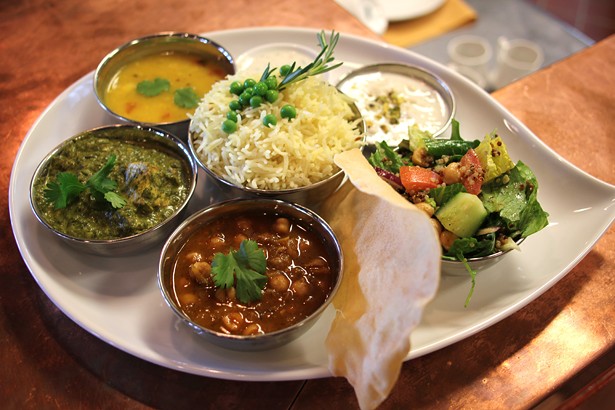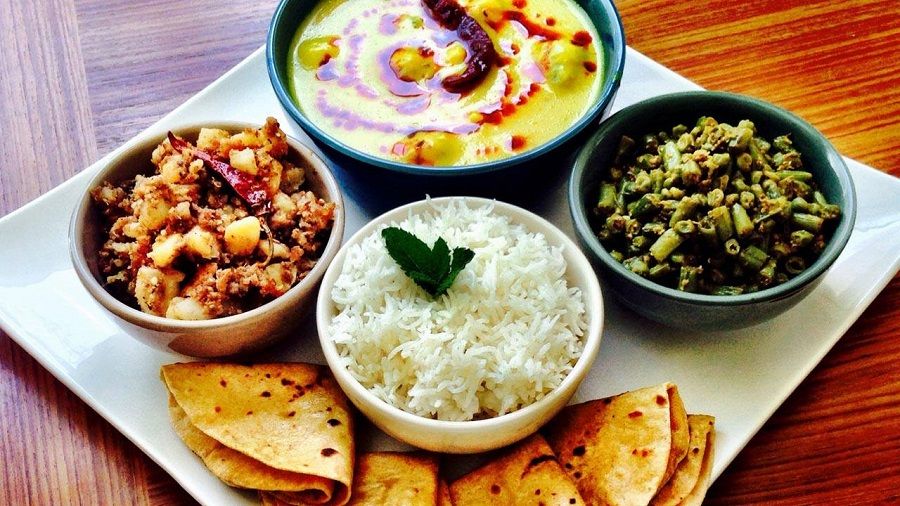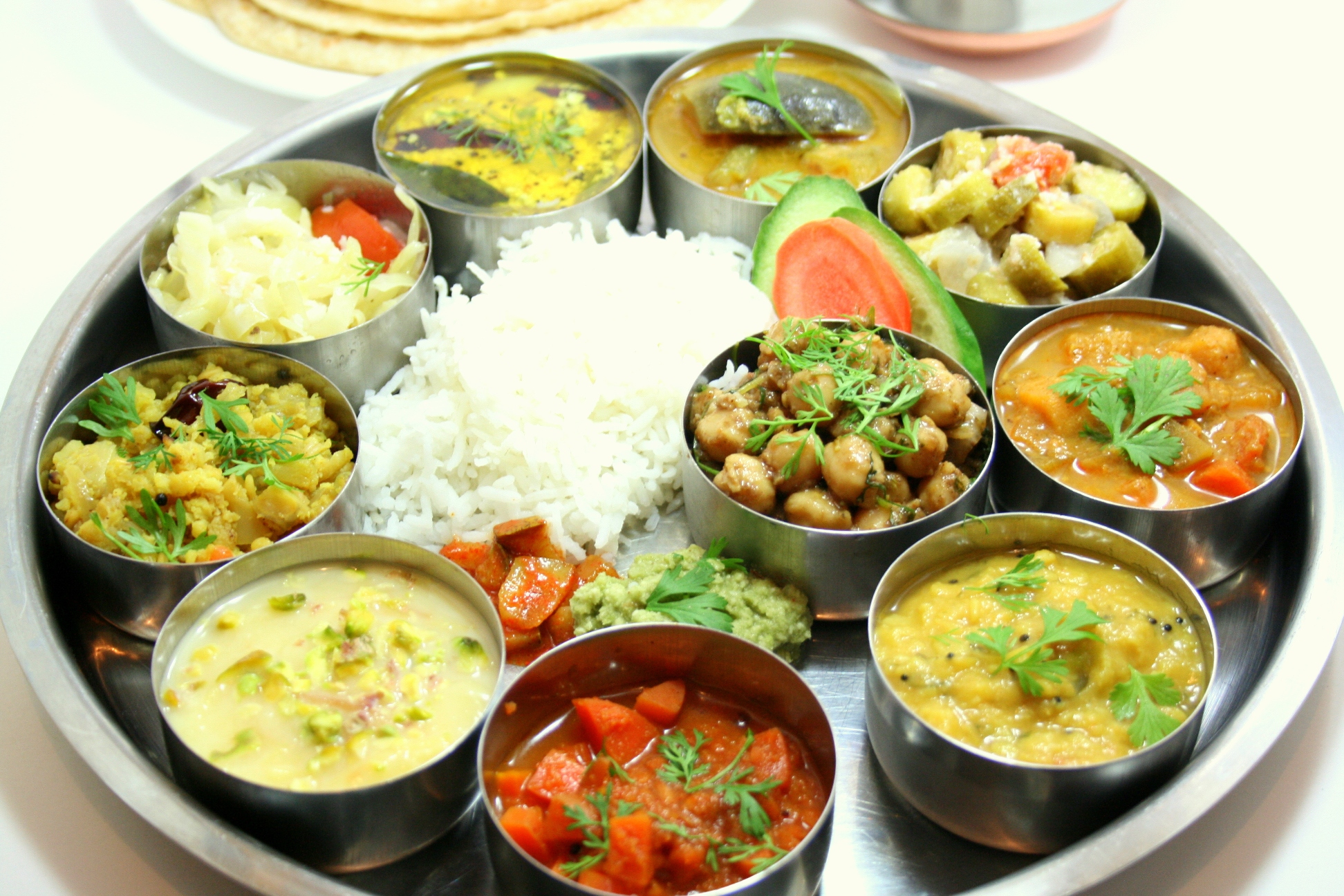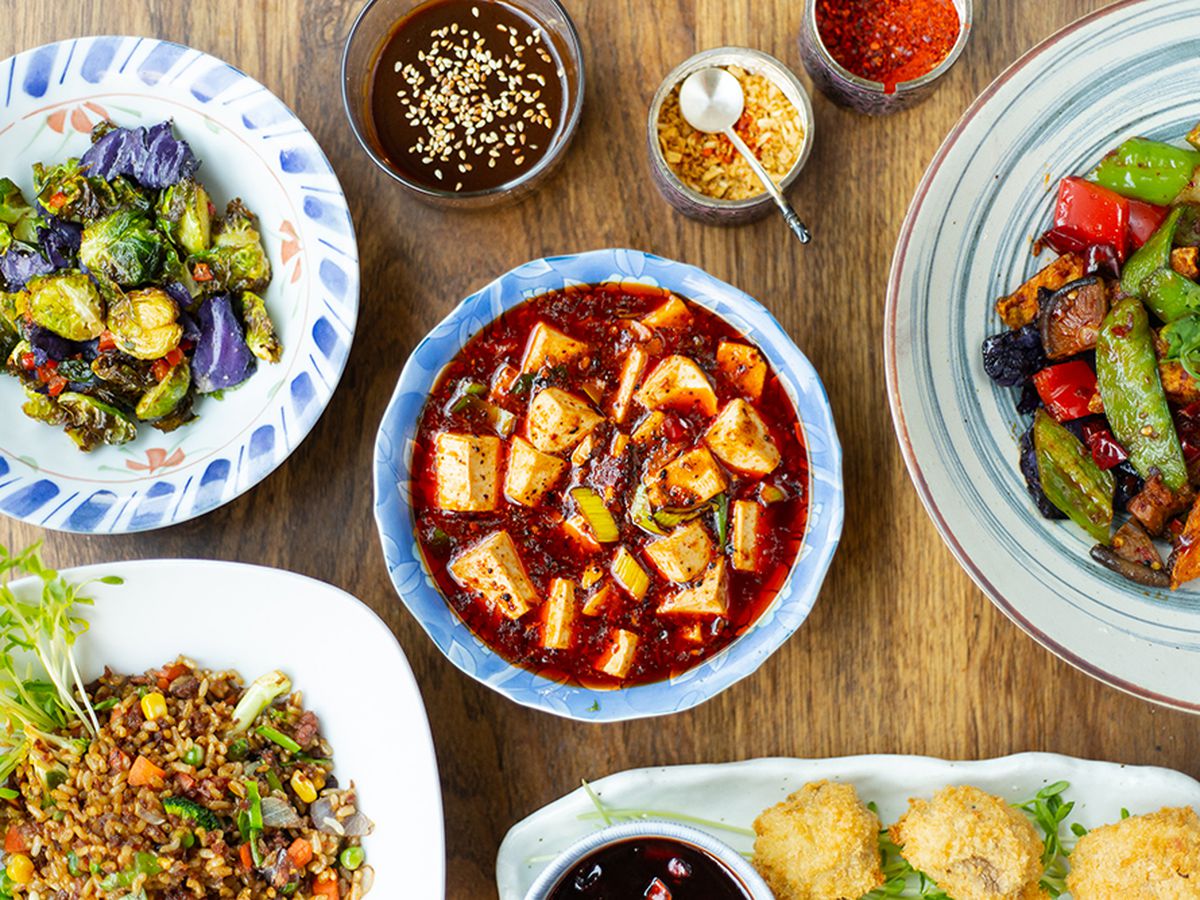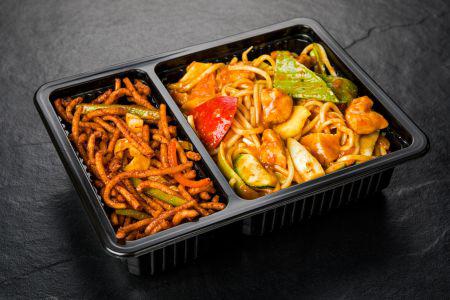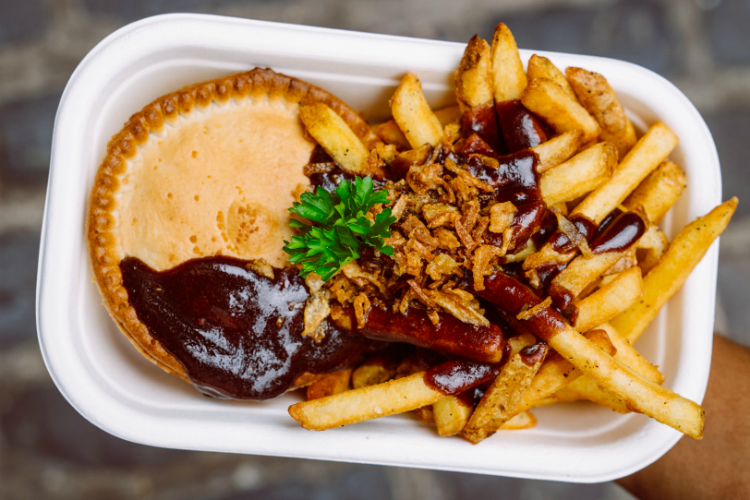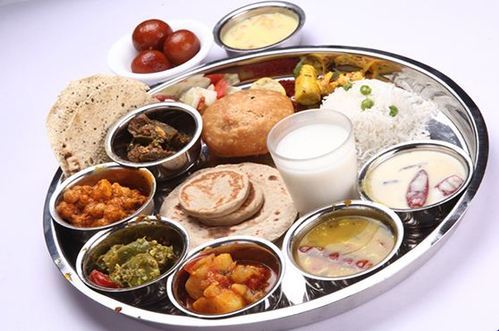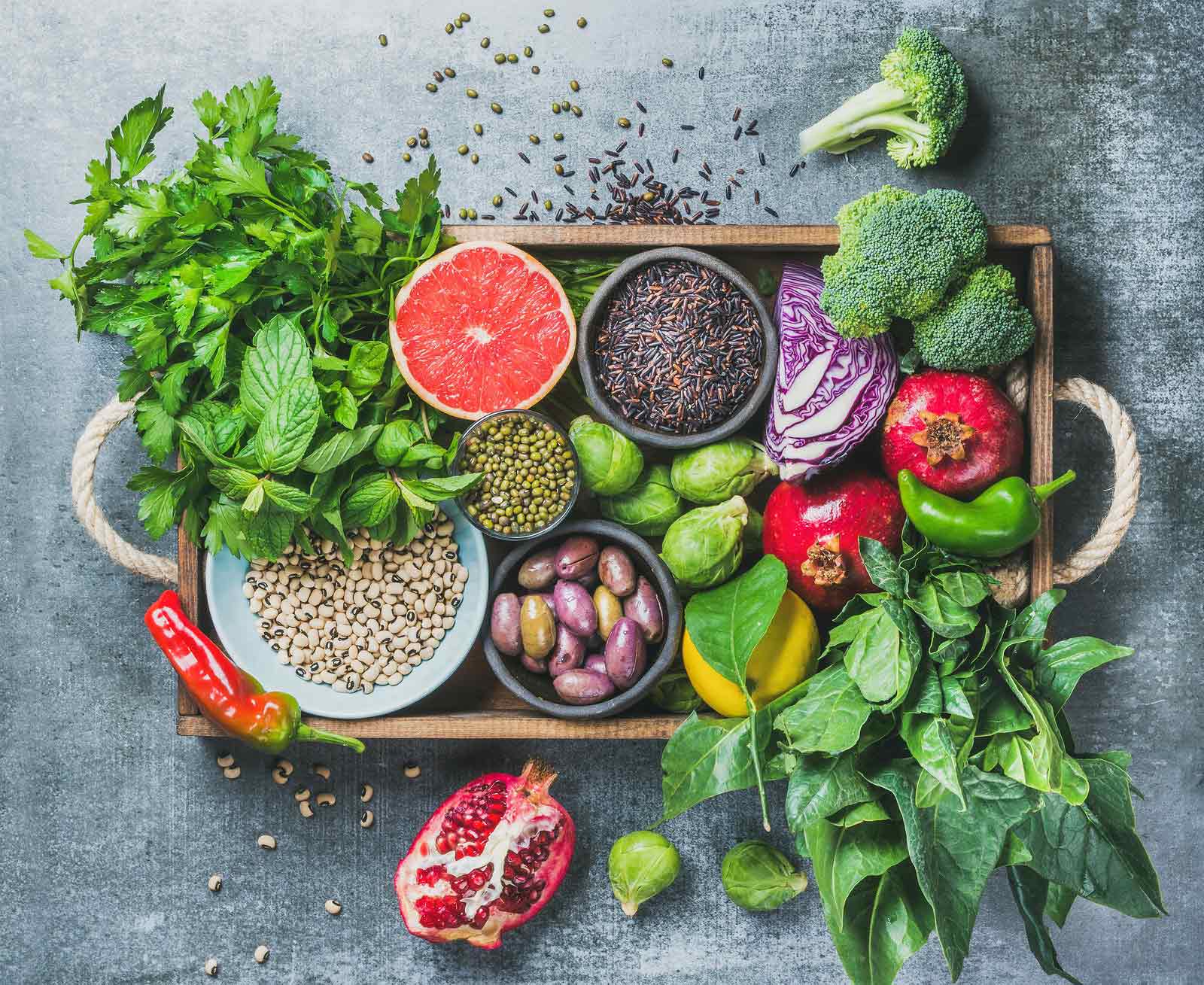How to Transition to a Vegan Lifestyle
Adopting a vegan lifestyle is a rewarding journey towards health, sustainability, and compassion. Whether motivated by ethical concerns, health benefits, or environmental impact, making the shift to veganism can seem daunting at first. Here’s a guide to help you transition smoothly and confidently.
1. Understand Your Motivation
Before diving into a vegan lifestyle, reflect on your reasons for making the change. Are you driven by concerns about animal welfare, personal health, or environmental sustainability? Having a clear motivation will help you stay committed and focused throughout the transition.

2. Educate Yourself
Knowledge is power when it comes to making dietary changes. Learn about the nutritional needs that must be met on a vegan diet, such as protein, iron, calcium, vitamin B12, and omega-3 fatty acids. Familiarize yourself with plant-based sources for these nutrients and consider speaking with a nutritionist to ensure a well-balanced diet.
3. Start Gradually
A gradual transition can make the shift to veganism less overwhelming. Start by incorporating more plant-based meals into your diet. You could begin with “Meatless Mondays” or try swapping out dairy milk for almond or oat milk. Slowly increasing the number of vegan meals you eat will help you adjust to new flavors and ingredients.
4. Explore New Foods
Veganism opens up a world of new culinary possibilities. Explore a variety of fruits, vegetables, grains, legumes, nuts, and seeds. Experiment with different recipes and cooking techniques. Trying new foods and dishes can make your transition exciting and enjoyable.
5. Veganize Your Favorites
You don’t have to give up your favorite dishes when going vegan. Many traditional recipes can be adapted to fit a vegan lifestyle. For example, you can use lentils or mushrooms as a meat substitute in dishes like tacos or spaghetti Bolognese. There are also countless vegan alternatives for dairy products, such as cheese and yogurt, available in most supermarkets.

6. Read Labels Carefully
Many processed foods contain hidden animal products. Learning to read labels carefully will help you avoid these ingredients. Look out for terms like casein, whey, gelatin, and certain food colorings, which are derived from animals.
7. Find Support
Joining a community of like-minded individuals can provide encouragement and advice. Look for local vegan groups, online forums, or social media communities where you can share experiences, recipes, and tips. Having a support system can make the transition smoother and more enjoyable.
8. Be Prepared for Challenges
Transitioning to a vegan lifestyle can come with challenges, especially when dining out or attending social events. Planning ahead can help you navigate these situations. Research vegan-friendly restaurants, and don’t hesitate to ask about vegan options when dining out. When attending events, consider bringing a vegan dish to share.
9. Focus on Whole Foods
While there are many vegan processed foods available, it’s important to focus on whole, nutrient-dense foods. Fruits, vegetables, whole grains, and legumes should form the foundation of your diet. These foods provide essential nutrients and are beneficial for your overall health.
10. Be Kind to Yourself
Transitioning to a vegan lifestyle is a process, and it’s okay to make mistakes along the way. Be patient and compassionate with yourself. Every step you take towards veganism, no matter how small, is a positive change.

Conclusion
Switching to a vegan lifestyle is a meaningful and impactful choice. By educating yourself, starting gradually, exploring new foods, and seeking support, you can make the transition smoothly. Remember to focus on whole foods and be kind to yourself throughout the journey. Embrace the change and enjoy the many benefits that come with a vegan lifestyle.
